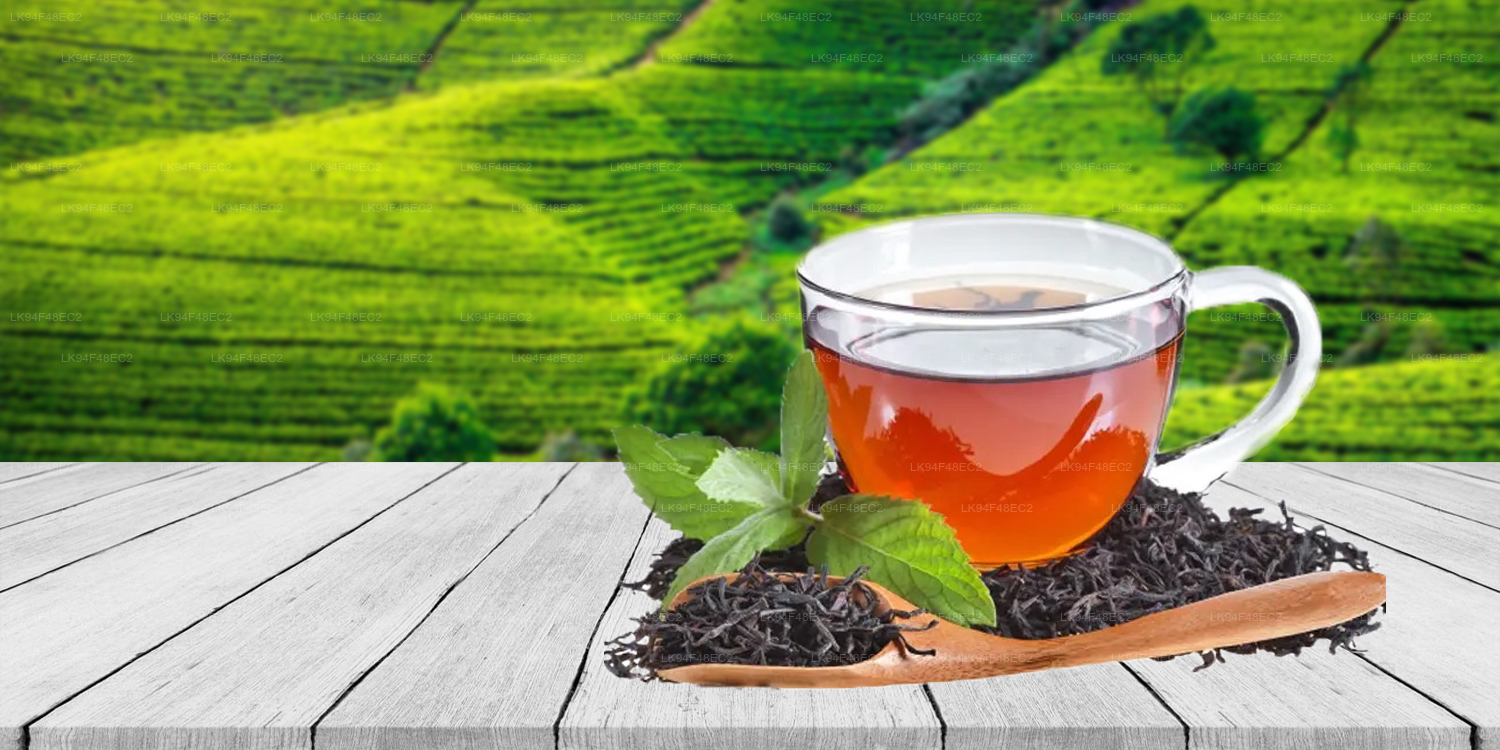
Ceylon Black Tea Grades
Ceylon Tea as we now know comes in different varieties, which has flavors and aromas unique to itself. Along with the a variety of teas, there are varieties of grades that Ceylon tea has been separated into.
Orange Pekoe

Orange Pekoe black tea might sound like a specific kind of tea, but it’s actually a system of grading Indian black teas according to the size and quality of their leaves. Whether they’ve enjoyed a cup at a restaurant or have simply heard the name before, many people new to the tea world mistake Orange Pekoe for a flavored black tea. In reality, a grade of Orange Pekoe or OP can refer to almost any loose leaf black tea.
Orange Pekoe doesn’t refer to an orange-flavored tea, or even a tea that brews up an orange-y copper color. Instead, Orange Pekoe refers to a particular grade of black tea. Orange Pekoe and similar phrases are generally used by westerners in order to describe black teas from India, Sri Lanka, and other parts of Asia. Chinese black teas, however, are not typically graded according to this system. The origin of the phrase “Orange Pekoe” is unclear. The term may be a transliteration of a Chinese phrase referring to the downy tips of the buds of tea plants. The name may also have had its origins in the Dutch House of Orange-Nassau in association with the Dutch East India Company, who helped popularize tea throughout Europe.
Orange Pekoe represents the lowest grade of loose leaf black tea. That said, being graded as Orange Pekoe is still an indicator of quality, and indicates that the tea is composed of whole loose leaves, rather than the dust and fragments that are left over after higher grade teas have been processed. Represented by the letters OP, Orange Pekoe can also be understood as an umbrella term that includes other higher grades of tea. There is also a related grading system for broken leaf teas that are still of high quality:
- BP: Broken Pekoe
- FP: Flowery Pekoe
- FBOP: Flowery Broken Orange Pekoe
- GBOP: Golden Broken Orange Pekoe
- GFBOP: Golden Flowery Broken Orange Pekoe
- TGFBOP: Tippy Golden Flowery Broken Orange Pekoe
In addition to these grades of whole and broken leaf tea, tea dust and fanning also have different grades depending on their size and country of origin. Fannings and dust are primarily used in commercially produced teabags, and are of lower quality with a much less nuanced flavor than loose leaf tea.
So what do all of these letters mean? In general, Orange Pekoe or OP denotes that the tea is loose leaf and of medium to high quality. When a B is added, it indicates that the leaves are broken, resulting in a stronger cup of tea. An F stands for flowery, which signifies that the tea is of higher quality and includes the buds of the tea plant. When it occurs at the beginning of a tea grade, F can sometimes also stand for finest, indicating that the tea is of extremely high quality. G stands for golden, and indicates that the tea has a high ratio of buds, which are often golden in appearance. T stands for tippy, and is another indicator that the tea is composed of the finest tips and buds of the tea plant.
















